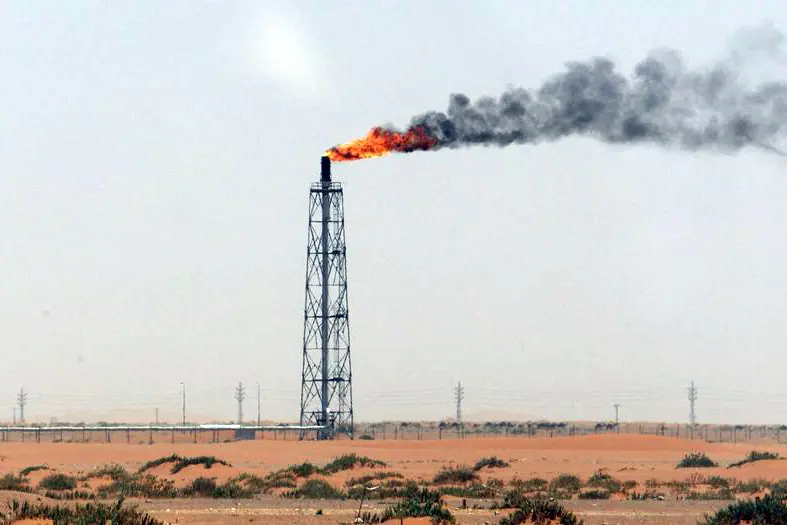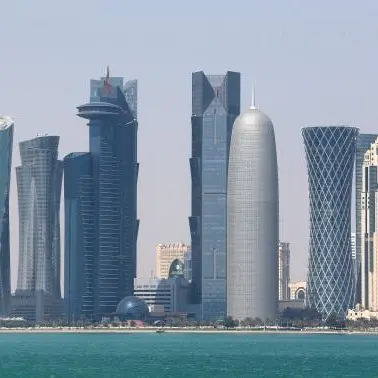PHOTO
Wednesday, Jun 21, 2017
Dubai: A decline in budget break-even oil prices across the GCC countries in recent years is expected to give regional governments the ability to rein in potential future deficits and bring about fiscal stability at a time oil prices are expected to remain subdued for a long time.
Fiscal break-even oil prices are defined as the minimum oil prices needed to meet the spending commitments of oil-exporting countries while balancing their budgets.
Prior to the collapse of oil prices, fiscal break-even oil prices were rising rapidly in GCC countries, reflecting the substantial increase in government spending, which increased by an annual average of 11 per cent in real terms in 2003-2014.
A number of proactive measures by governments have been seen in recent years. Based on our detailed macroeconomic framework for the GCC countries, we expect fiscal break-even oil prices to decline further in the coming years,” said Garbis Iradian, chief economist for the Middle East & North Africa at the Institute of International Finance (IIF).
Government spending cuts following the sustained fall in oil prices over the past four years and the mobilisation of nonhydrocarbon revenue explain most of the decline.
There are three main factors which influence the movement in fiscal GCC break-even oil prices. They are exports of oil and gas in volume terms, derived after adjusting production of crude oil and gas to domestic consumption of petroleum products; changes in nonhydrocarbon government revenues, which account for 30 per cent of total government revenues in the past five years; and changes in government spending.
An increase in oil export volumes, improving nonhydrocarbon revenues and a decline in spending will all contribute to lower fiscal oil prices.
Unlike other oil-exporting countries, GCC currencies are pegged to the dollar, and thus most of the adjustment to lower oil prices has been on the fiscal side.
“Cutting government spending has so far been the most prevalent measure to lower break-even oil prices in the GCC countries. Additional adjustment in 2018 will focus on [the] mobilisation of nonhydrocarbon revenues, including higher fees and charges, [the] introduction of value-added tax in early 2018 and privatisation,” said Iradian.
There have already been successful initiatives to diversify government revenues across the GCC, leading to promising growth in sectors such as construction, transport, telecoms and manufacturing. But with estimates that GCC government non-oil revenues are down from 46.5 per cent in 2013 to 32.8 per cent in 2016 — there’s a real need to move faster and be more proactive.
As a first step, countries are introducing a value-added tax (VAT) and other consumption taxes — for example on tobacco and sugar-sweetened beverages. Over time, governments may also consider deriving additional revenue from income and property taxation.
GCC countries are working to introduce a harmonised VAT in 2018. The IMF expects these efforts to raise in the region of 1-2 per cent of GDP, assuming a VAT rate of 5 per cent.
This would lead to much lower fiscal break-even oil prices — in Saudi Arabia a decline from $90 to $76 per barrel of crude oil (bbl) — even if we assume a small increase in spending.
If we exclude investment income from SWFs (authorities’ presentation) in Kuwait, Qatar and the UAE, then the break-even oil prices, while declining, will remain above the projected average price of $54/bbl in 2018.
If investment income from sovereign wealth funds (SWFs) in Kuwait, Qatar and the UAE is excluded from nonhydrocarbon government revenues, then fiscal break-even oil prices will remain above the projected global prices
Budget deficits of GCC countries are shrinking fast and according to the latest regional economic outlook of the IMF, the cumulative budget shortfall of the six countries through 2021 will stand at about $240 billion, compared with a forecast of about $350 billion in its 2016 outlook.
After two years of deficits, the IMF expects GCC countries to record a current account surplus of $26 billion in 2017, compared to a deficit of $28 billion in 2016.
By Babu Das Augustine Banking Editor
Gulf News 2017. All rights reserved.












